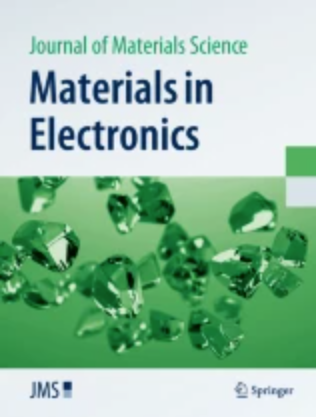Fabrication of uniform submicron metal bump arrays based on undercut sacrificial layer for lift-off process
Abstract
The fabrication of uniform metal bump arrays with submicron-sized diameters is crucial for achieving Micro-LED displays with ultra-high pixel density. This study presents a fabrication strategy that utilizes an undercut sacrificial layer in the lift-off process to achieve fine-pitched metal bump arrays. The influences of sacrificial layer thickness and developing time on the undercut degree, as well as their effects on the morphology and dimensional consistency of bumps, are investigated. It is observed that increasing the developing time leads to a higher degree of undercut, not only facilitating the lift-off of the sacrificial layer but also resulting in an increased base radius of the metal bumps. By optimizing process parameters, we successfully achieved Au bump arrays with a base radius around 0.99 μm, top radius around 0.3 μm, and a pitch size of 1.4 μm, exhibiting height nonuniformity below 5%. This fabrication strategy for uniform metal bump arrays with ultra-high density will greatly contribute to advancing Micro-LED technology towards high definition and high brightness.

 求助内容:
求助内容: 应助结果提醒方式:
应助结果提醒方式:


